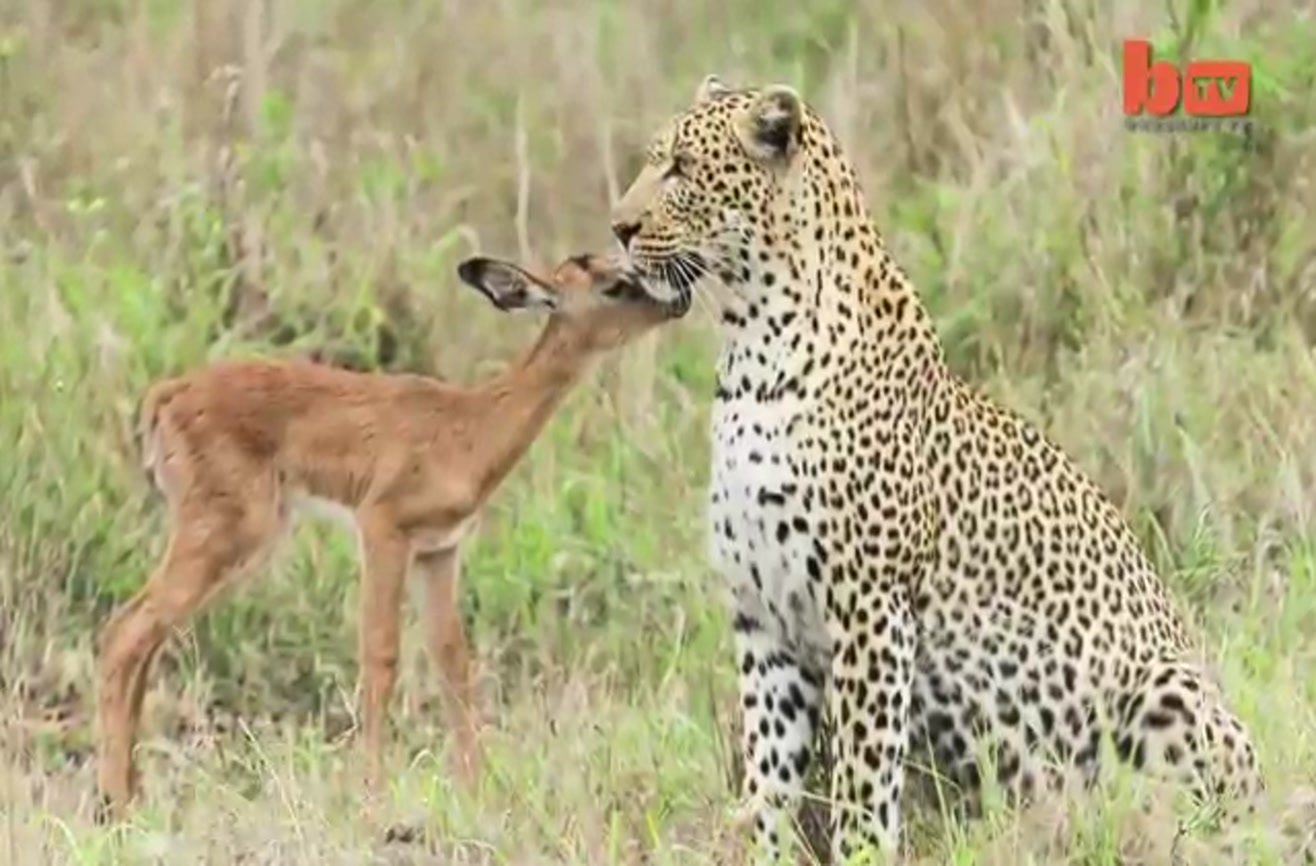

Predators are the section of animals that kill other animals to survive and do not feast on grass or leaves.Main Differences Between Predator and Prey Though weak, these animals are also great at camouflaging or confusing their predators with their features.įor instance, a zebra is found in regions with scanty trees and shrubbery, making it tough for it to hide, but its black and white stripes are of such a pattern that when a zebra runs at great speed, it can even confuse a predator such as a lion, thereby, allowing it to escape not with ease though. Its gigantism makes it extremely difficult for it to move fast, at least fast enough to save itself from the grips of a cheetah. For instance, an elephant is much bigger than a cheetah and more powerful than it, yet it surrounds by two or three cheetahs.Īn elephant can easily fall prey to them. Sometimes these animals are bigger than their hunters but weaker. However, certain carnivorous animals eat grass when facing stomach problems but are certainly not omnivorous. They are often bigger than their prey and more agile. These animals are generally of a sturdy constituency, coupled with a strong set of jaws and sharp dental constitution to help them tear their prey apart. Comparison Table Parameters of Comparison Predator Prey Meaning The section of animals that are built to prey on other animals The section of animals that are built to be preyed upon by other animals Dental Constitution They have a sharp and sturdy dental constitution to help them tear their prey apart They have a dental constitution that is more suited to chewing grass or anything that is not difficult to be torn apart Size They aren’t always bigger than the animals they prey upon but are more powerful Sometimes these animals are bigger than their hunters but weaker Food Chain Stages They constitute the last or stage nearing the end of the chain They come before the predators Dependency They are solely or largely dependent on their prey for survival They aren’t dependent on the predators at all What is Predator?Ī predator can be defined as the section of animals that are built to prey on other animals. (Note, however, not just in this case but in any case of co-evolution and evolution, that there is always more than one cause that forces an organism to adapt, and though it is likely that the higher branches are to avoid the tortoises, it is also possible that it was a different cause, such as the sun, the ocean, or a different organism.These animals are generally of a sturdy yet weaker constituency, coupled with a dental constitution that is more suited to chewing grass or anything that is not difficult to be torn apart. The cactuses, the prey, may have evolved high branches so that the tortoises, the predators, can't reach them. On another island, where short-necked tortoises live, the branches are lower down. On one of the islands, where long-necked tortoises live, the branches are higher off the ground. Galapagos tortoises eat the branches of the cactus plants that grow on the Galapagos islands.


This is true in all predator-prey relationships.Īnother example of predator-prey evolution is that of the Galapagos tortoise. An important thing to realize is that as both organisms become faster to adapt to their environments, their relationship remains the same: because they are both getting faster, neither gets faster in relation to the other. The fastest zebras are able to escape the lions, so they survive and reproduce, and gradually, faster zebras make up more and more of the population. The fastest lions are able to catch food and eat, so they survive and reproduce, and gradually, faster lions make up more and more of the population.


 0 kommentar(er)
0 kommentar(er)
